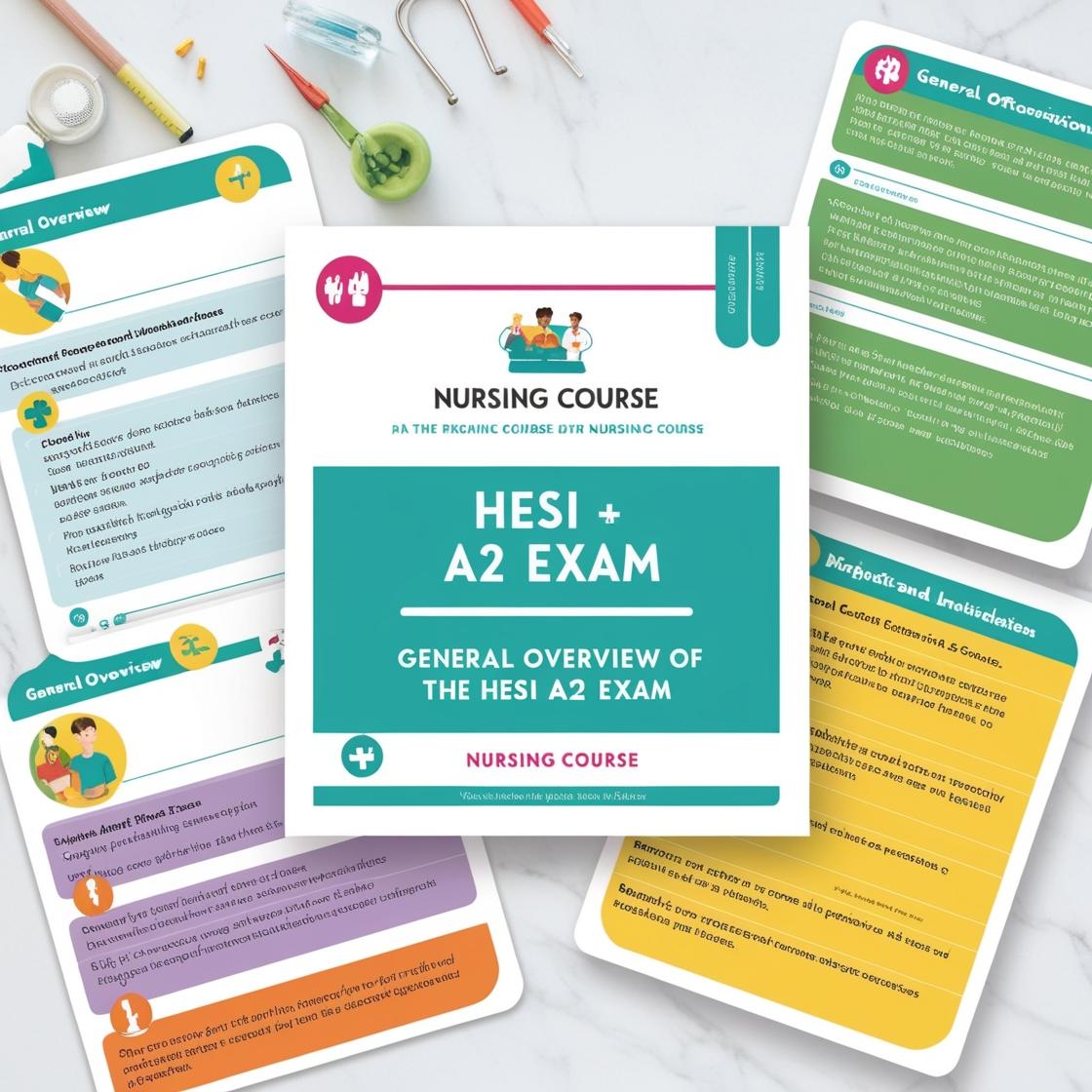HESI A2
Chemistry HESI A2 Practice Test
1. Carbon-12 and carbon-14 are isotopes. What do they have in common?
- A. Number of nuclear particles
- B. Number of protons
- C. Number of neutrons
- D. Mass number
Correct answer: C
Rationale: Isotopes are atoms of the same element with the same number of protons (which determines the element) but different numbers of neutrons. Both carbon-12 and carbon-14 have 6 protons (hence they are both carbon atoms) but different numbers of neutrons: carbon-12 has 6 neutrons, while carbon-14 has 8 neutrons. Therefore, the correct answer is the number of neutrons. Choices A, B, and D are incorrect because isotopes may have different numbers of nuclear particles (protons + neutrons), protons, and mass numbers, respectively.
2. How many times more acidic is a substance with a pH of 3 compared to a substance with a pH of 5?
- A. 8
- B. 2
- C. 100
- D. 1,000
Correct answer: D
Rationale: The pH scale is logarithmic, indicating that each pH unit change reflects a 10-fold difference in acidity level. Going from pH 5 to pH 3 involves a difference of 2 units, which translates to a 100-fold increase in acidity level (10^2 = 100 for each unit). Therefore, a substance with a pH of 3 is 1,000 times more acidic than a substance with a pH of 5 (100 * 10 = 1,000). Choice A (8) is incorrect as it does not consider the logarithmic nature of the pH scale. Choice B (2) is incorrect because it represents the difference in pH units, not the increase in acidity level. Choice C (100) is incorrect as it miscalculates the increase in acidity level, which is 1,000 times and not 100 times.
3. Radioactive isotopes are frequently used in medicine. What kind of half-life would a medical isotope probably have?
- A. Seconds-long
- B. Days-long
- C. Years-long
- D. Many years long
Correct answer: B
Rationale: Medical isotopes used in diagnosis and treatment need to have a relatively short half-life to minimize radiation exposure to patients. If the half-life were too long (such as many years) or even years-long, the radiation would persist for too long and could be harmful to the patient. Seconds-long half-lives would not provide enough time for the isotope to be effective. Days-long half-lives strike a balance between providing enough time for the isotope to be used effectively and minimizing radiation exposure.
4. When an acid is added to a base, water and a salt form. What kinds of bonds form in these two compounds?
- A. Liquid and metallic
- B. Polar and nonpolar covalent
- C. Polar covalent and ionic
- D. Ionic only
Correct answer: C
Rationale: In water, the bond formed between the oxygen atom and the hydrogen atoms is a polar covalent bond. The oxygen atom attracts the shared electrons more strongly, creating a partial negative charge on the oxygen and a partial positive charge on the hydrogen atoms. In the salt formed, the bond between the metal cation and the nonmetal anion is predominantly an ionic bond. The metal cation donates electrons to the nonmetal anion, resulting in the formation of oppositely charged ions that are held together by electrostatic attractions. Choices A and B are incorrect because water and salts do not form bonds that are liquid and metallic, or polar and nonpolar covalent. Choice D is incorrect as it oversimplifies the types of bonds present in water and salts, failing to differentiate between the covalent bond in water and the ionic bond in the salt.
5. Al(NO3)3 + H2SO4 → Al2(SO4)3 + HNO3 is an example of which kind of reaction?
- A. Decomposition reaction
- B. Synthesis reaction
- C. Single replacement reaction
- D. Double replacement reaction
Correct answer: C
Rationale: The given chemical equation represents a single replacement reaction. In this reaction, aluminum (Al) displaces hydrogen in sulfuric acid (H2SO4), forming aluminum sulfate (Al2(SO4)3) and releasing nitric acid (HNO3). Single replacement reactions involve an element replacing another element in a compound, which is evident in this reaction. Choice A, Decomposition reaction, is incorrect because decomposition reactions involve a single compound breaking down into two or more substances. Choice B, Synthesis reaction, is incorrect as it involves the combination of two or more substances to form a more complex compound. Choice D, Double replacement reaction, is also incorrect as it involves an exchange of ions between two compounds to form two new compounds.

Access More Features
HESI A2 Basic
$89/ 30 days
- 3,000 Questions with answers
- 30 days access
HESI A2 Premium
$129.99/ 90 days
- Actual HESI A2 Questions
- 3,000 questions with answers
- 90 days access
